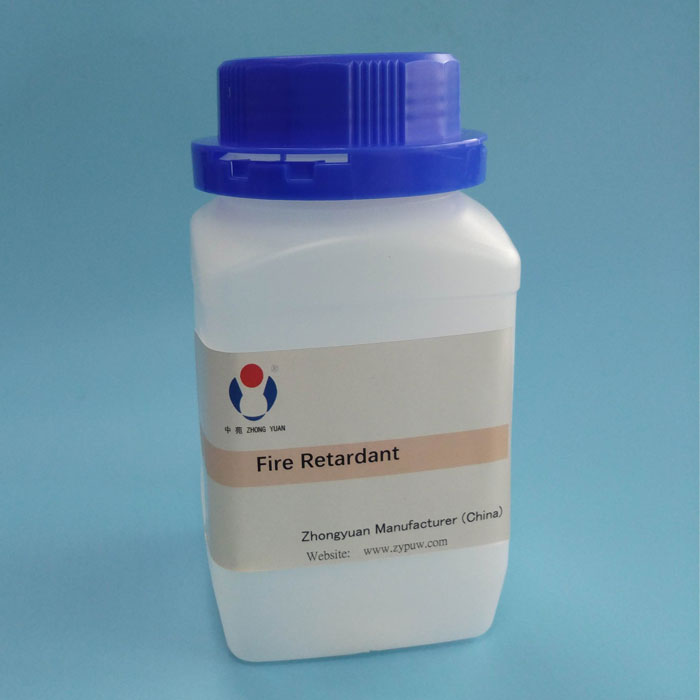- English
- Español
- Português
- русский
- Français
- 日本語
- Deutsch
- tiếng Việt
- Italiano
- Nederlands
- ภาษาไทย
- Polski
- 한국어
- Svenska
- magyar
- Malay
- বাংলা ভাষার
- Dansk
- Suomi
- हिन्दी
- Pilipino
- Türkçe
- Gaeilge
- العربية
- Indonesia
- Norsk
- تمل
- český
- ελληνικά
- український
- Javanese
- فارسی
- தமிழ்
- తెలుగు
- नेपाली
- Burmese
- български
- ລາວ
- Latine
- Қазақша
- Euskal
- Azərbaycan
- Slovenský jazyk
- Македонски
- Lietuvos
- Eesti Keel
- Română
- Slovenski
- मराठी
- Srpski језик
Foam flame retardant decomposition process
2025-05-29
The decomposition process of foam flame retardants generally involves the following steps:
Thermal decomposition: Foam flame retardants will undergo thermal decomposition reactions at high temperatures. Common foam flame retardants, such as bromine-based and phosphorus-based, have decomposition products including bromine, chlorine, carbon dioxide, etc. Different flame retardants will begin to decompose at different temperatures, usually in the range of 200-400°C.
For bromine-based flame retardants, their decomposition may release bromides and other toxic gases, while phosphorus-based flame retardants will decompose to produce phosphoric acid or phosphate esters.
Catalytic decomposition: In some cases, in order to improve the decomposition efficiency of flame retardants, catalysts may be used for catalytic decomposition. For example, metal oxides such as aluminum, magnesium, and calcium are used as catalysts to promote the decomposition reaction and reduce the required temperature.
Hydrolysis and chemical decomposition: Some flame retardants, especially phosphorus- or fluorine-containing compounds, can undergo hydrolysis reactions in the presence of water and decompose into other safer products. For example, phosphorus-containing flame retardants may generate phosphoric acid or phosphates through hydrolysis.
Gasification and volatilization: Many flame retardants will volatilize at high temperatures to form gases. These gases can help isolate oxygen during combustion or high temperature environments, thereby reducing the rate of combustion reactions. The gasification of foam flame retardants is an important factor in their flame retardant performance.
Environmentally friendly decomposition: With the improvement of environmental protection requirements, the decomposition process of foam flame retardants is also constantly developing. The research and development of green flame retardants aims to provide safer, non-toxic and pollution-free decomposition products. For example, flame retardants with better biodegradability are used, or advanced technologies are used to reduce negative impacts on the environment.
These decomposition processes need to consider the chemical composition of flame retardants, the use environment, and the toxicity and environmental impact of decomposition products in industrial applications.




